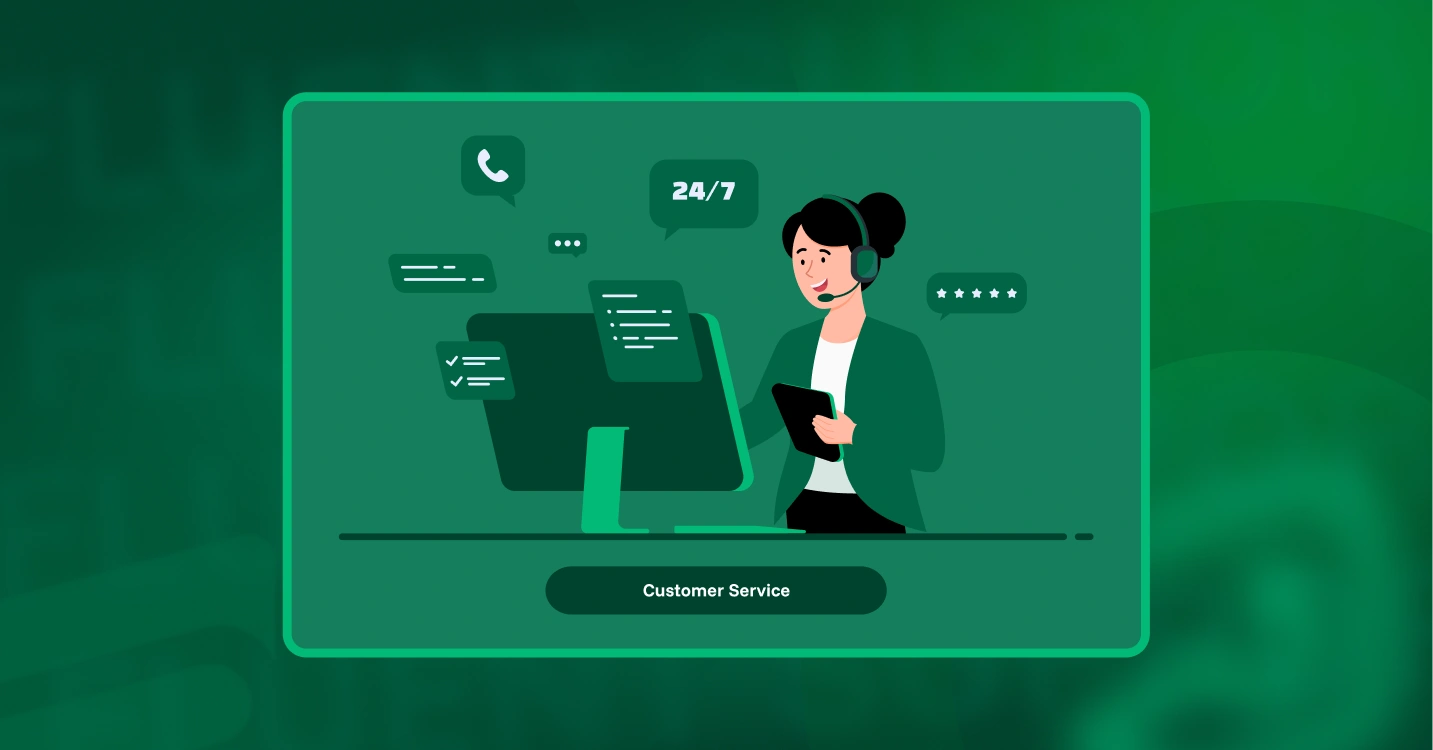
Defining Customer Service in 2025
By Prosanjit Dhar
August 11, 2025
Last Modified: November 13, 2025
Think back to a 90’s general store owner! The one who greeted you by name, already knew what you’d probably buy, and might even let you pay later if times were tough.
Fast forward to today, and your “store owner” might be a support agent who knows your entire customer journey, or a smart support system that spots an issue and fixes it before you even know it’s there.
Since then, customer service has changed a lot. But that personal touch is still what customers value most.
What is customer service?
Customer service is the help or support a company provides to its customers before, during, and after they purchase. It’s about answering questions, fixing problems, and making people feel happy and connected to the brand.
Customer service = the support that solves problems, answers questions, and keeps customers satisfied.
Think of it as the bridge between what your brand promises and what it delivers.
Two sides of customer service
But today, it’s much more than a help desk or a “Contact Us” button. It’s every moment that shapes how someone experiences your brand.
It can be:
Reactive
Responding quickly, accurately, and empathetically when customers reach out.
Proactive
Anticipating needs and solving issues before they become problems.
With data analytics and AI, they can see problems coming and fix them before customers get issues. And when customers do reach out, support agents solve issues with care and understanding.
But, where do all these things happen?
In short, everywhere.
Where customer service happens?
Modern customer service lives across every channel where your customers are. Because customers don’t think in channels, they think in conversations.

Each touchpoint should feel like a natural continuation of the same relationship.
Use Fluent Support to streamline your entire customer support process.
The skills modern customer service professionals need
To meet these touchpoints, customer service professionals need a unique blend of traditional interpersonal skills and modern technological fluency.
Here are the skills:
The most valuable service professionals understand that while technology handles the routine, humans handle the relationship. But how do you implement these things?
Don’t worry, we’ll give you the perfect strategy to build great customer service on your own.
Building your customer service strategy
Creating exceptional customer service requires intentional design and continuous refinement.
So, follow these steps precisely.
Customer research
Design architecture
Invest in agents
Leverage technology
But you might be wondering where these strategies will work. To be honest, they impact your brand’s entire reputation.
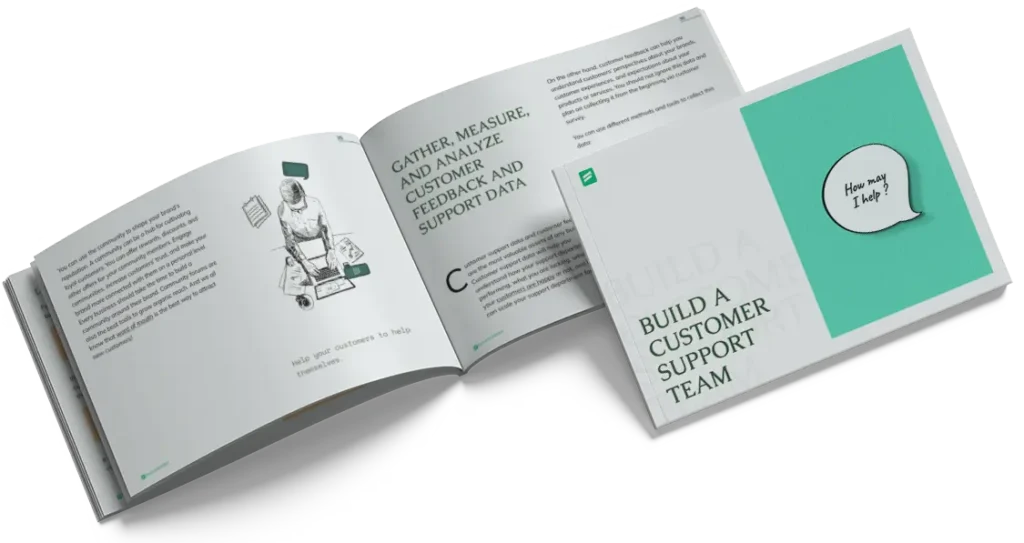
Where customer service matters most?
When two companies offer similar products at similar prices, customer service becomes the deciding factor. It’s how customers feel when they interact with your brand.
And that emotional connection is customer service at work.
- Retention over acquisition: Keeping an existing customer is 5–7x cheaper than winning a new one.
- Experience as a differentiator: 88% of customers say the experience matters as much as the product itself.
- Brand reputation: In an age of instant reviews, one poor interaction can travel faster than any marketing campaign.
And that’s not all! There are even more stats showing the multi-dimensional benefits of customer service.
85+ Crucial Customer Service Statistics in 2025.
Also, you can even measure these outcomes for yourself with these customer service metrics.
Measuring what actually matters
Modern customer service isn’t limited to traditional metrics. Instead, it requires a broader range of analytics.
Relationship metrics
Operational metrics
Business impact metrics
Businesses that excel track all three categories and fuel both customer happiness and strong business results.
Wrapping up
In 2025, customer service has evolved from just a cost center to a frontline profit maker. And those who recognized this shift early are now in the driver’s seat.
They’re not only investing in technologies but also in human skills to build meaningful relationships with customers.
Start off with a powerful ticketing system that delivers smooth collaboration right out of the box.





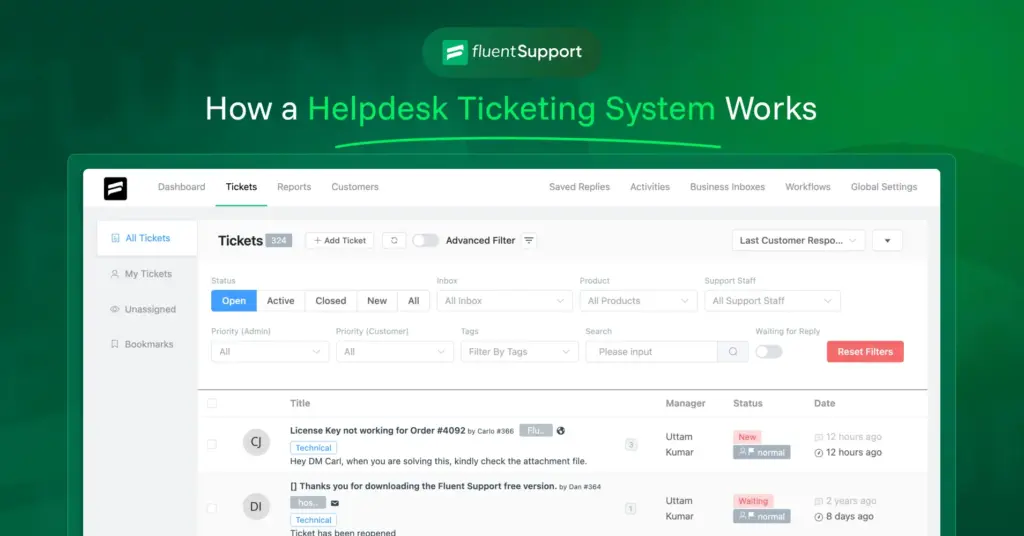
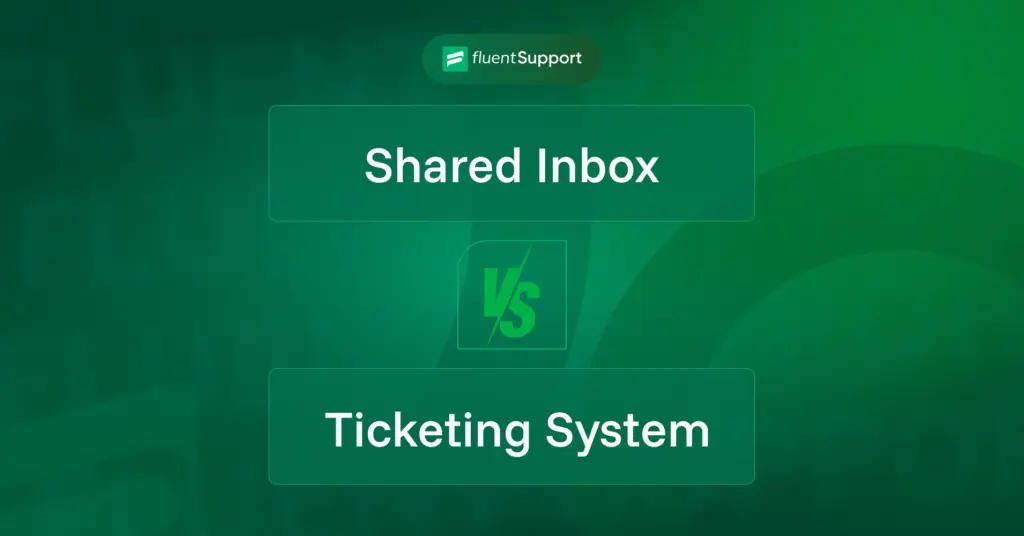
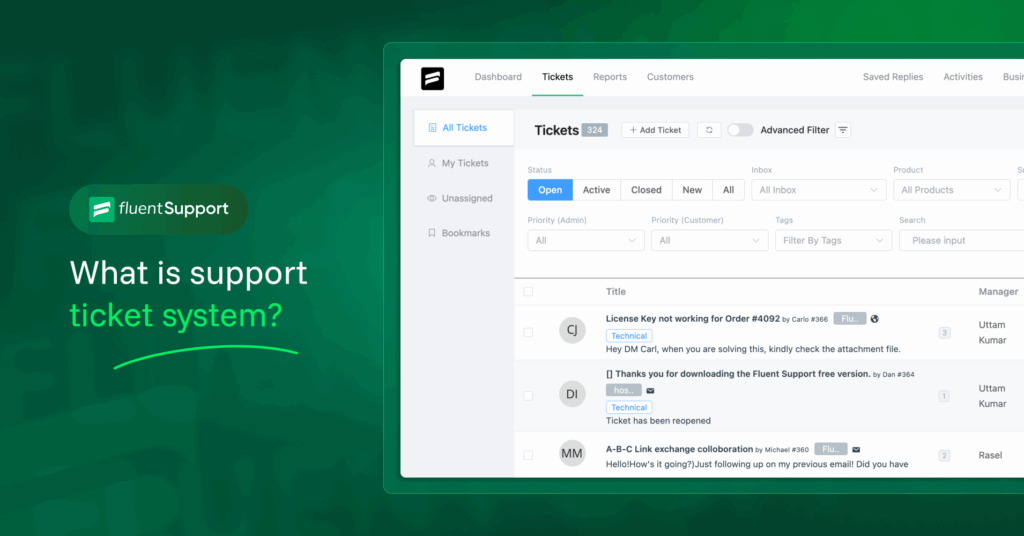

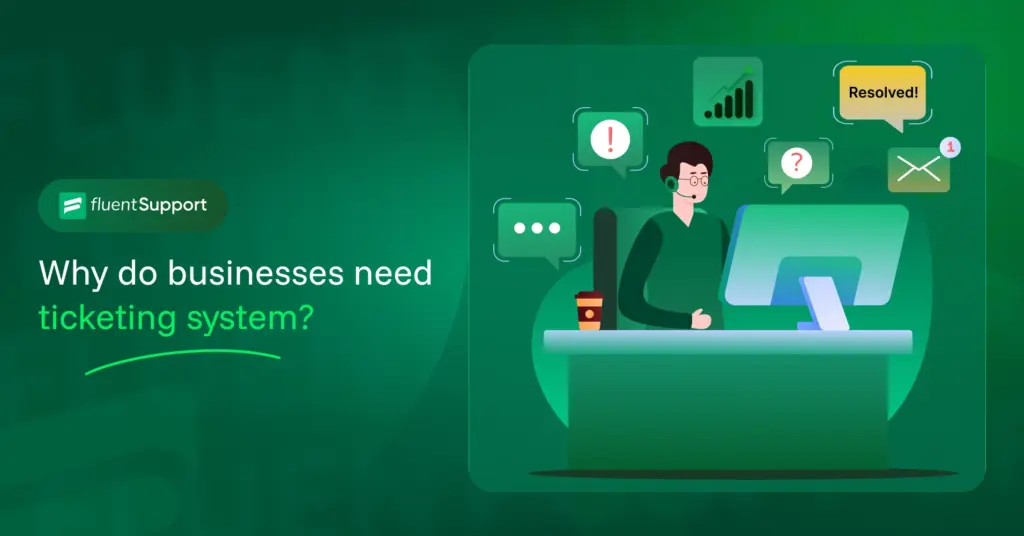


Leave a Reply